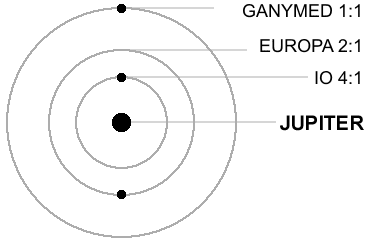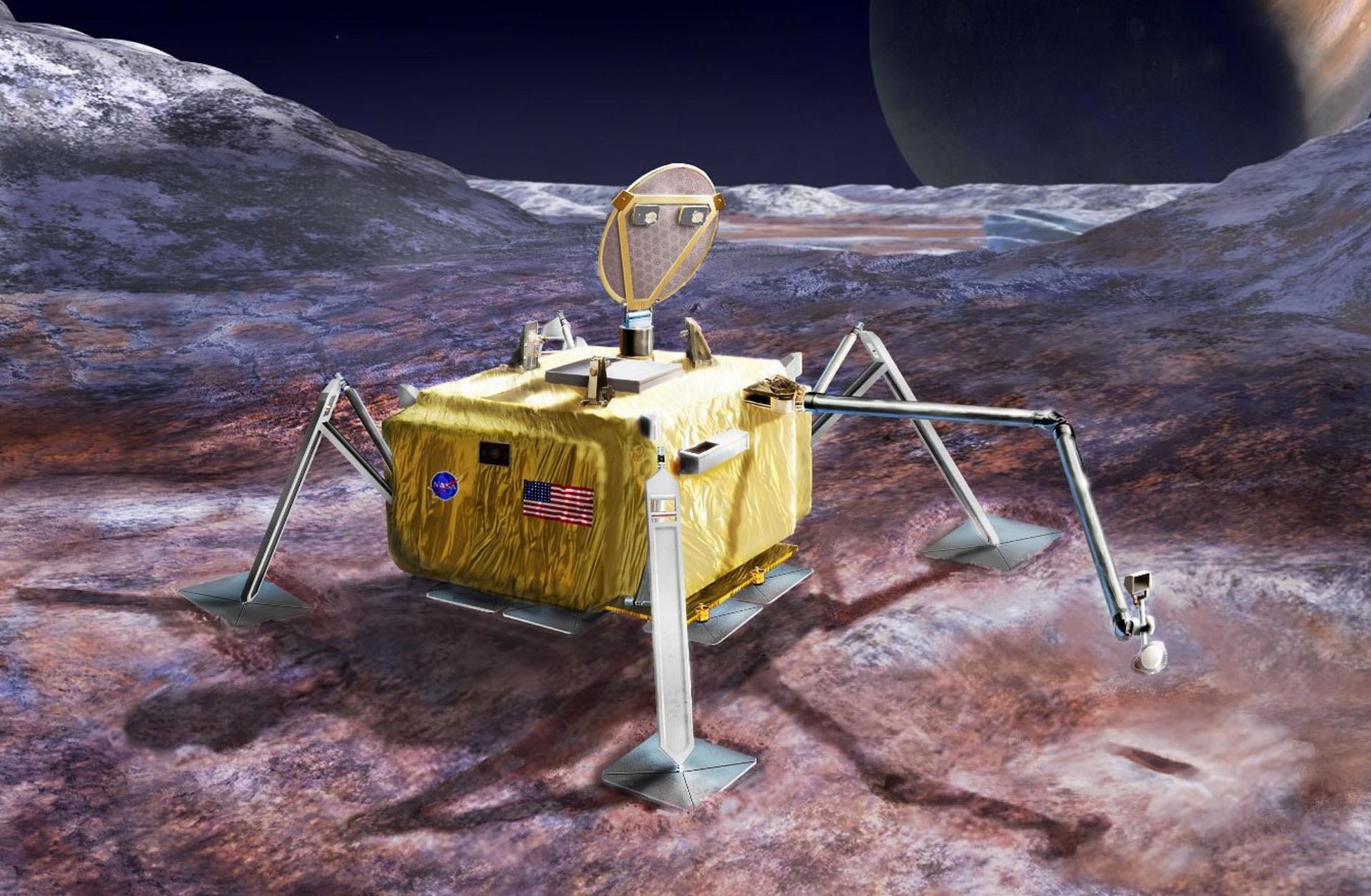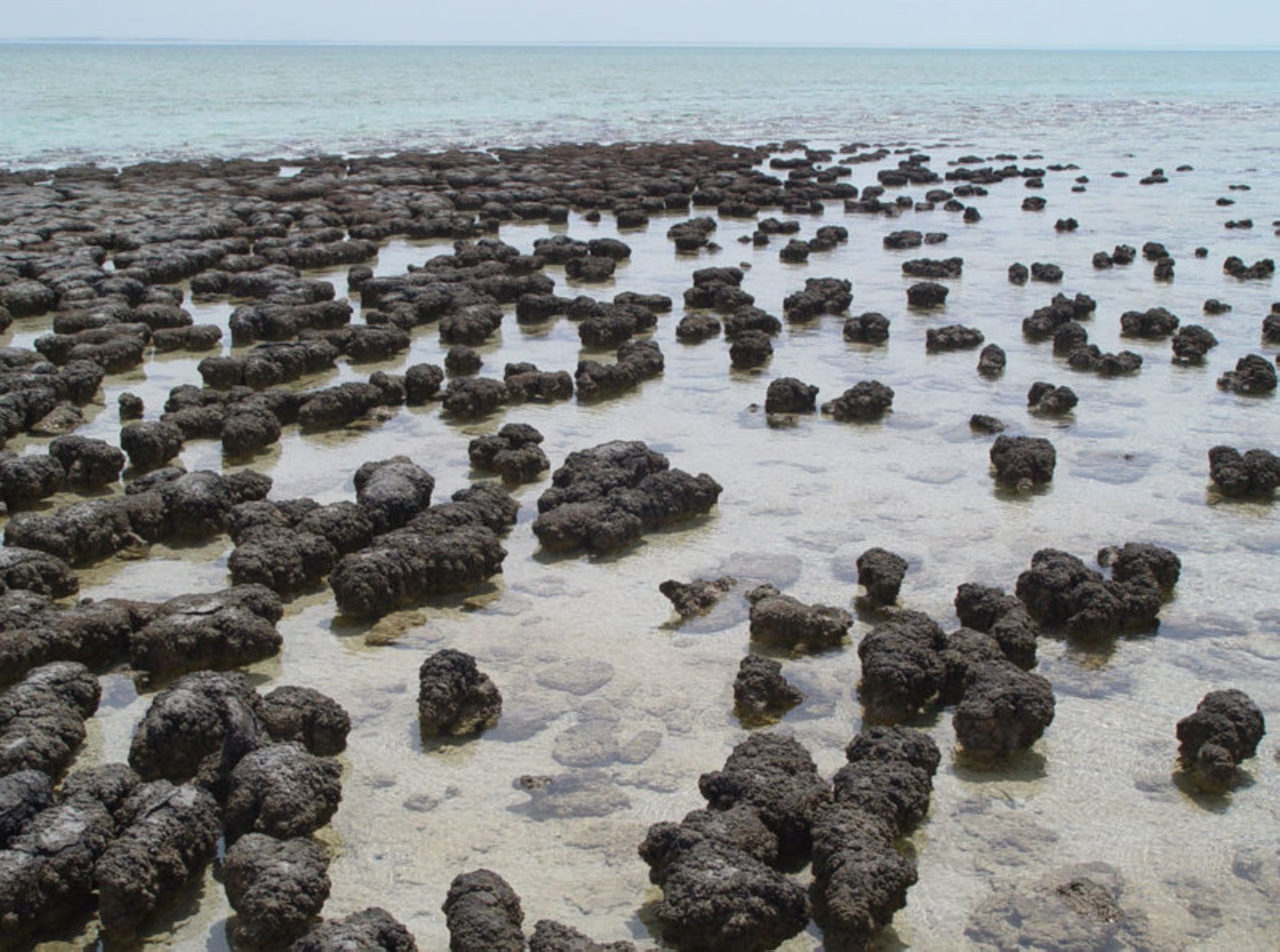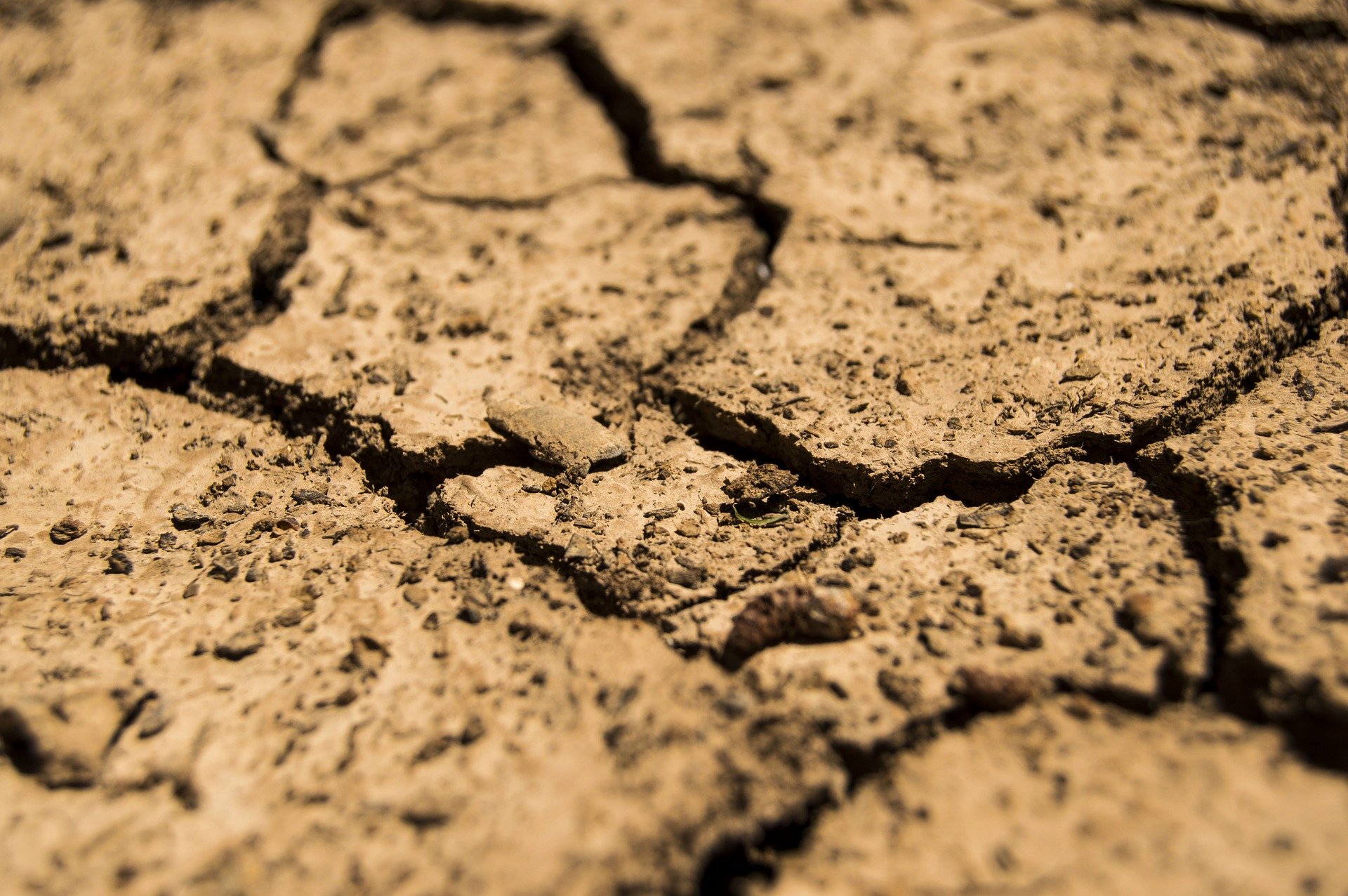Update Mars Part 3/4 - The moon Europe is also quite interesting.
Europe is the smallest of Jupiter’s Galilean moons. These are the four large moons of this gas giant. This moon also deserves our attention. A planet or a moon is just an earthly concept. Life could be possible on both of them.
Can life arise on a planet’s moon?
We must assume that life itself cannot have a preference for either a planet or a moon.
But life on a moon brings further limitations, more than microscopic life will not be in it:
- A planet orbits the sun. If the planet axis is tilted, seasons automatically arise. They can be much longer (or much shorter) than with us, but they show a regularity. We know that seasons can provide life cycles. BUT a moon orbits a planet. Even if the moon is tilted, there are still no seasons or at least not on a regular basis. It will be an intricate game of starlight received on this moon. There will certainly be periods when the starlight falls more intensively and vertically on that lunar surface, but to find a regularity in that pattern is almost impossible. For example, what do we do with the periods when the moon is behind the planet in relation to the star, a period of freezing cold that occurs regularly?
- By our standards, moons are usually a lot smaller than their planet they orbit. Take Titan, for example. This is the largest planet in our solar system, but it is only slightly larger than Mercury, which is actually the smallest planet. Perhaps gravity on a moon is a problem. Take, for example, a moon (if it existed at all) the size of Mars. Mars is smaller than our Earth and Mars had cooled down far too quickly in proportion. So no volcanism, no magnetism and too little atmosphere. The time when Mars could really have been habitable is too limited to give rise to life as we know it.
Here is Europe.
Galileo Galilei discovered her on January 8, 1610. Europe has a thin atmosphere of oxygen. Ultraviolet light from the sun and charged particles from Jupiter’s own magnetosphere decompose the ice crust into hydrogen and oxygen. The lighter hydrogen escapes and so the heavier oxygen remains.
The surface consists of ice and has very few differences in height. Under the ice one suspects a liquid ocean of water with silicate rock underneath and a core of iron. Because there is tectonics on Europe, it is certain that this moon is geologically active. Perhaps under the frozen surface there is liquid water, in which possibly extraterrestrial micro life could occur. The energy source is already there.
The surface of Europe is therefore particularly smooth and shows little crater formation. From the number of suspected comet impacts, it follows that the surface of Europe must be young, 20 to 180 million years. The thickness of the ice is estimated at 1 to 30 kilometers. The estimates of several tens of kilometers are mainly based on the presence of many concentric rings around some impact craters on Europe’s surface. These rings seem to indicate that the thickness of the ice crust is at least 10 kilometers. Nevertheless, cracks and cracks occur from which enormous plumes of water shoot up at regular intervals. These geysers have been observed in previous flybys and intrigue the scientists.

Animation on NASA website.
With a diameter of 3138 kilometers, Europe is slightly smaller than the Earth’s Moon. Of all the Galilean moons, Europe is the least massive, but its mass is still much larger than that of most other moons in the solar system. Europe orbits Jupiter at a distance of 670 900 kilometers in 3.5 days and at the same time around its own axis. The orbit is almost circular. Europe is moving in orbital resonance with the moons Io and Ganymede. This creates tidal forces that naturally all take place under the ice surface. Here, too, there is again an energy supply.
The albedo of the moon is 67%. This means that 67% of the incoming sunlight is reflected back on Europe. This is a very high value in our solar system, we understand that the ice surface behaves like a kind of mirror.
Europe’s research.
Two missions will investigate the moon in more detail. Both will remain in orbit around Jupiter from where they will study Europe at a distance. The measurements and images are expected from 2030:
- ESA's JUICE mission. This spacecraft will launch in April 2023 with an Ariane 5 launcher and will reach Jupiter in August 2031 after 6 gravity assistants and 8 years of travel.
- NASA's CLIPPER mission. This spacecraft will be launched in October 2024 with a Falcon Heavy launcher. There would be a launcher of 21 days. 2 gravity assistants and 6 years of travel should bring the probe to Jupiter in April 2030.






Comments